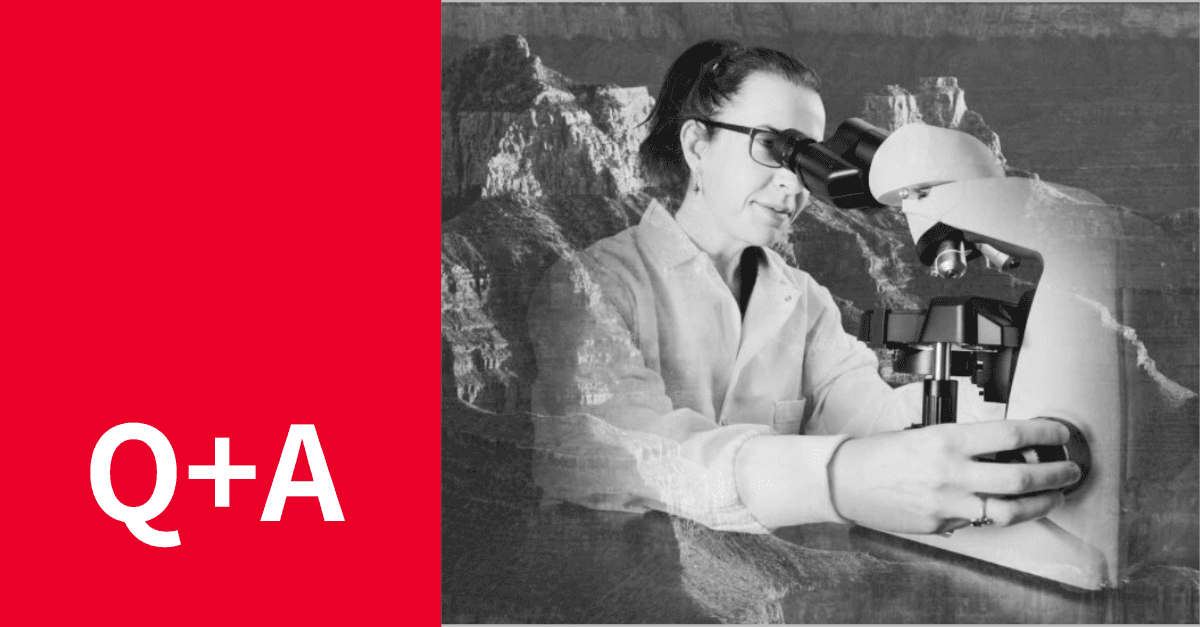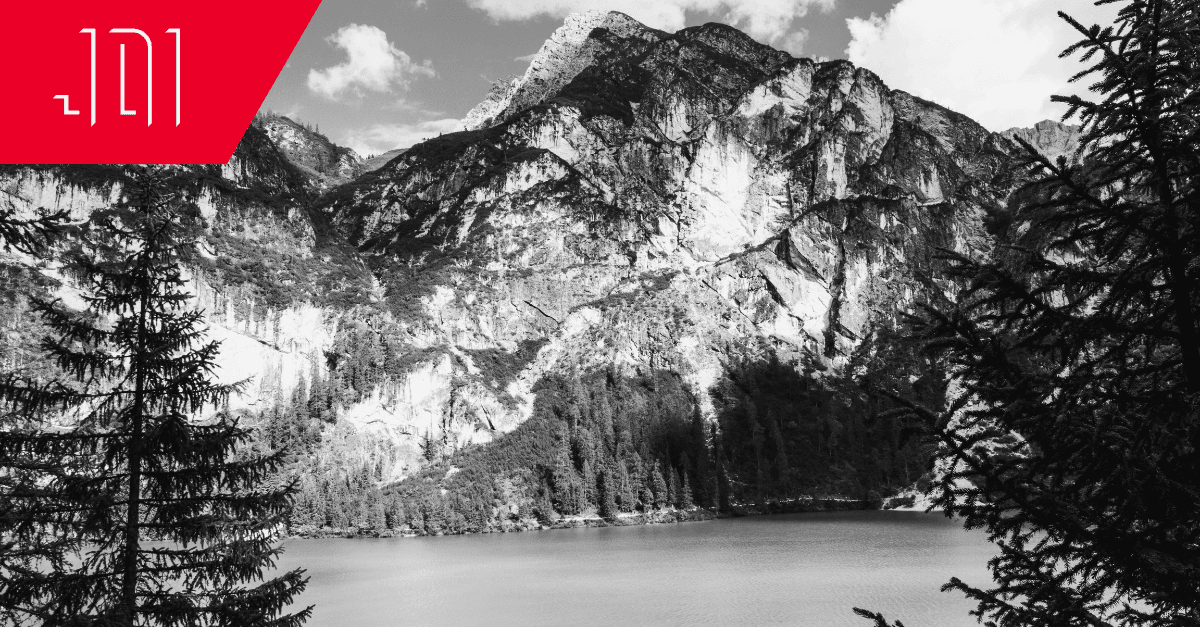Q&A with Dr. Janice Brahney

Tell us about yourself – what is your background in and how did you end up in your current position?
I have an undergraduate degree in Environmental Science, a Masters Degree in Quaternary Geoscience, and a PhD in Environmental Biogeochemistry. I was always really fascinated with logic problems and adventure, and I initially thought I wanted to be a detective like Dana Scully, or an archaeologist like Indiana Jones. Not real people, obviously, but my frame of reference was more limited back then. In any case, I did start in archaeology and took an Introduction to Geology class. About halfway through the semester my professor stopped me as I was leaving and asked why I was in an arts program when I was clearly a scientist. His comments really gave me pause, because I had so little self-confidence. But I believed he saw potential in me and that was enough for me to follow a path that was more interesting to me. (Thank you Dr. Brooks!)
I eventually took a biogeochemistry class, and I realized how much potential it carried. I was just completely hooked after that.
I also really came to love lakes and how they could help us understand the environment.They’re these perfect repositories of information because they incorporate everything that's happening, not just in the lake, but in the watershed and in the airshed, and they respond really rapidly to global change.
Can you tell us about your lab, the Environmental Biogeochemistry & Paleolimnology Lab at Utah State University?
Sure! We are all really passionate about Earth systems. We use chemical information to understand ecosystem processes. Often, we focus on trying to understand how humans affect or modify natural systems. For example, we might look at how bioavailable or how mobile certain nutrients or toxicants are in the environment, their concentration in runoff, or their capacity to be taken up by plants. Or we might conduct experiments to determine the cause and effect of a particular perturbation, like warming temperatures or changes in land use. We don’t often work with mitigation strategies, but we’ve recently published some work examining how beaver ponds can mitigate nutrient pollution. We are also really interested in understanding how Earth Systems function, at the larger scale. For example, we are interested in how the atmospheric transport of nutrients and organisms shape recipient ecosystems. At a more microscale, we are really interested in questions like what controls blooms of specific algal species like Didymosphenia geminata or various cyanobacteria.
How are our lakes and waterways a key indicator of overall environmental health?
Lakes are incredible repositories of environmental information, both past and present. They are sensitive to everything that happens in their watersheds or even airsheds. Unlike terrestrial ecosystems, they can respond rapidly to environmental changes. For example, short-term disturbances like a fire, a landslide, a really big storm, can cause erosion and transport of sediments and nutrients to a lake, which can lead to an immediate pulse of growth or a short-term shift in the community composition. A longer-term impact, like prolonged wastewater inputs can push the system into a new ecological state, with greater algal growth and altered food webs. Both of these disturbances are also ultimately recorded in the sediments that accumulate at the lake bottom. If we wanted to understand how a lake system, its watershed, or even its airshed has changed throughout the history or age of the lake, we can take sediment cores to reconstruct what has happened.
What sort of human interactions are most disruptive to freshwater ecosystems?
We need lakes, but by using lakes and living close to lakes, we ultimately change them. Everything humans have, everything we do, affects the environment in some way. The leading cause of water body impairment is nutrient pollution. Some recent research has shown that heavily impacted lakes close to human populations may be getting cleaner, but more broadly lakes that are further from direct human impacts are starting to exhibit the effects of disturbance. We aren’t exactly sure why yet; we think atmospheric deposition may play a role in many lake systemes, as well as warming, and perhaps in some locations, shifts in precipitation pH. It’s likely that there are many mechanisms at play, and the ones that dominate in any given region may vary.

What sort of indicators are you seeing in these remote mountain lake systems you're working with?
I never anticipated that we would start to see toxic algal blooms in mountain lakes. But we have. At first we just noticed that some lakes had increasing nutrient concentrations, which is hard to explain without human occupation. People care about these systems for a variety of reasons: they’re important to the recreational economy, they carry spiritual significance, and they’re a high quality water resource for downstream populations. If this resource is changing, we need to understand why and how. Globally, about 40% of the population relies on water from mountain environments.
Another indicator is the high amount of microplastics (microbeads and microfibers) we observe in these remote locations. They’re being transported through the atmosphere at very high rates, and have clearly been modifying the environment for decades without our awareness.
What kind of damage is being done by microplastics?
We don't really understand what the long-term implications of these microplastics are, only that their impact is pervasive. There are physical changes that might occur, water holding capacity of soils for example, or changes to the microbiome, which can influence nutrient regeneration. With respect to organism health, it causes physical blockages in animal intestines, they might feel full when they’ve only eaten plastic. Plastics can also end up in different organs, the most frightening seem to be nanoplastics as they can get deposited anywhere in the bodies of organisms and people.
I don't think there's a technological solution that is going to get us out of the plastic pollution problem, because all the current ways that plastics end up in the environment have a lot to do with capitalism, the size of the population, the global economy, and with international relations. Targeting the root of the problem through policy and international agreements are the most promising efforts to mitigate the damage, in my opinion.
What projects are you working on right now?
We’re working on understanding why remote systems are changing so dramatically and why there are toxic algal blooms in some of these locations. We’re also trying to understand how the rapid recession of glaciers is going to impact water resources. Not just for humans, but also for fish and all the different organisms that rely on those resources.



